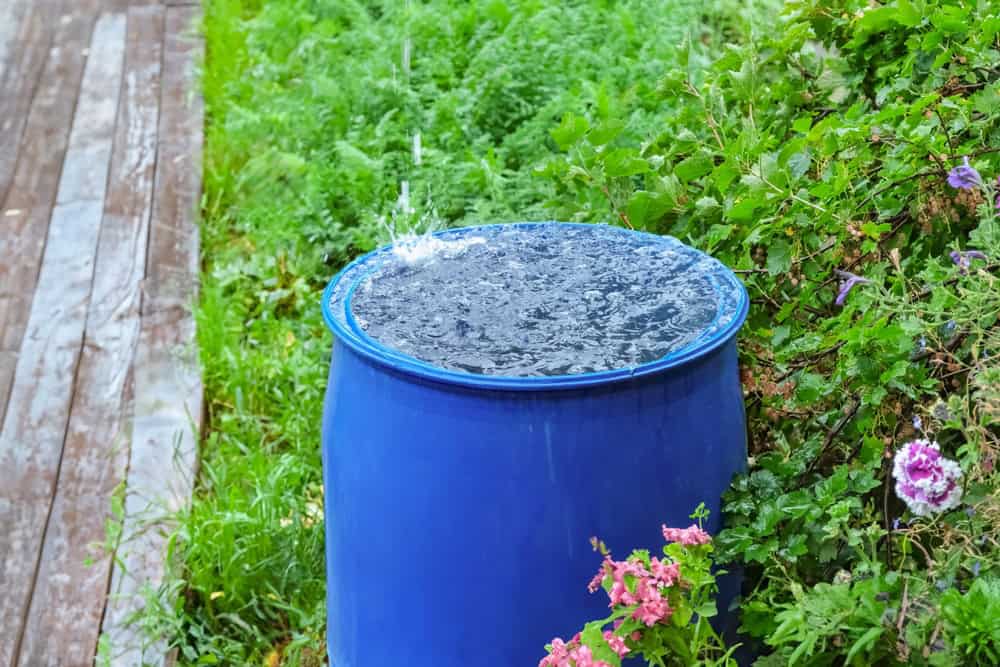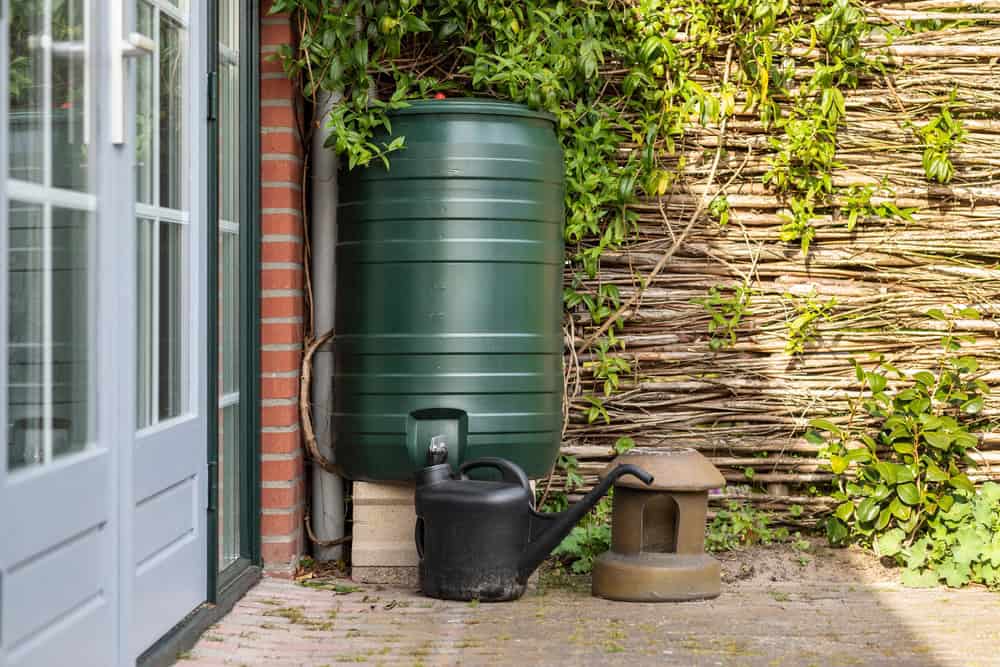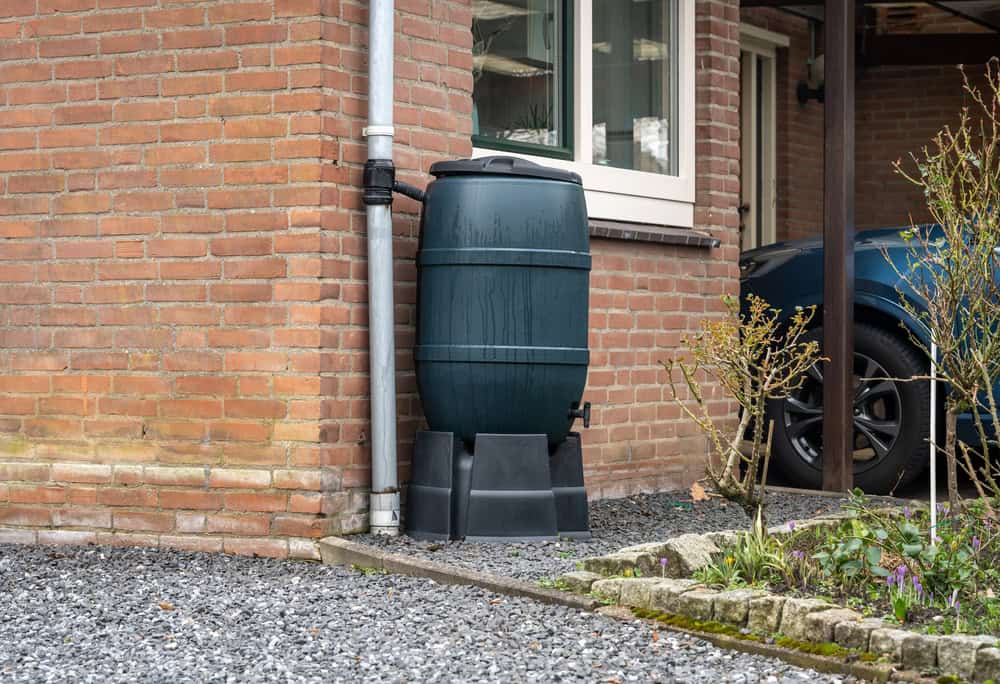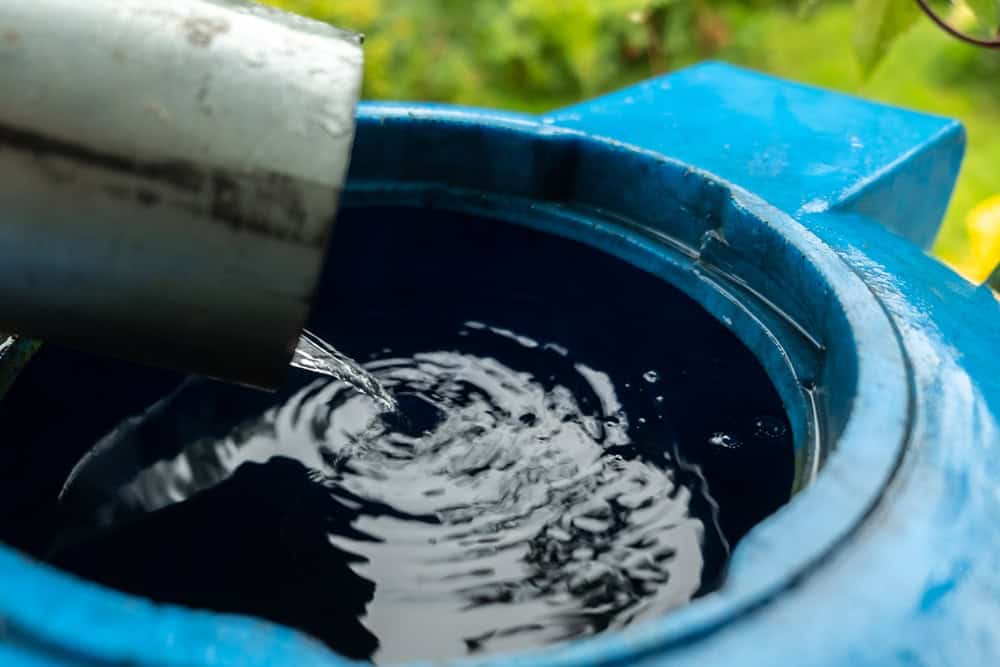Using a Rain Barrel to Save Money and Conserve Water

You can save on utility bills, conserve water, and help the environment by using a rain barrel to collect water runoff from your roof. This eco-friendly solution also reduces excessive water runoff, which can overwhelm rivers and streams.
Why Use a Rain Barrel?
- Water Conservation: Collect rainwater for outdoor use, reducing your dependence on municipal water supplies.
- Save Money: Using collected rainwater for plants and gardens reduces your water bills.
- Environmental Benefits: Minimizes the impact of stormwater runoff on local waterways, reducing flooding and pollution.

How to Get Started
-
Research:
- Check online, with your local library, or contact your local government for information on rain barrel use.
- Some cities offer incentives, guidance, or even programs to help residents purchase and install rain barrels.
-
Choose the Right Setup:
- Elevate the Barrel: Place it on cement blocks or pavers to make draining water easier.
- Gutter Connection: Use a diverter to channel water from your gutter downspouts into the barrel.
- Debris Control: Install a screen or strainer over the opening to prevent leaves and dirt from entering the barrel.
-
Install Overflow Piping:
- To prevent overflows, include a pipe to direct excess water away from your home’s foundation.
- In areas with heavy rainfall, ensure the overflow setup matches the capacity of your downspout system.

Using the Collected Rainwater
- Attach a hose to the spout at the bottom of the barrel to water outdoor plants and gardens.
- Use the rainwater for tasks like cleaning tools or patios (avoid using it for drinking, cooking, or bathing unless properly treated).

Conclusion: Benefits using Rain Barrels

Rain barrels are a simple, efficient way to water your garden while conserving resources and lowering utility costs. By elevating the barrel, connecting it to downspouts with a diverter, and installing overflow piping, you’ll create a practical water collection system that benefits both your wallet and the environment.